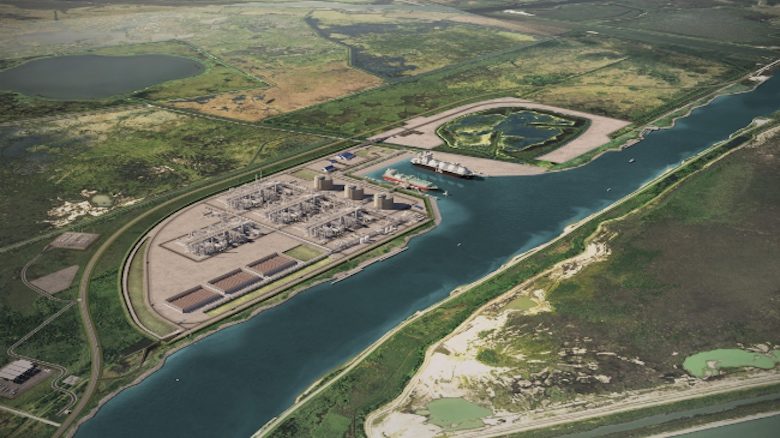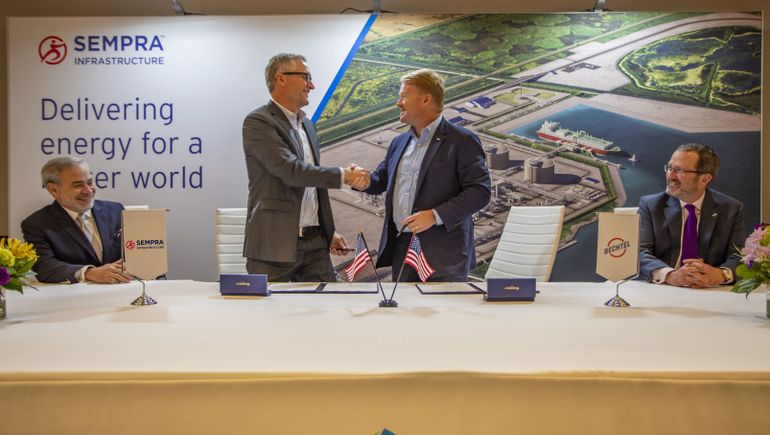Sempra Signs Bechtel for Port Arthur LNG Project’s Second Phase

This post was originally published on this site

Bechtel Energy announced July 18 that it has agreed to a fixed-price engineering, procurement and construction contract for the second phase of Sempra Infrastructure’s Port Arthur LNG expansion project. The award comes four years after Bechtel signed on to deliver the LNG project’s first phase. In March 2023, Sempra reported total capital expenditures for the first phase at $13 billion.
Construction of the Port Arthur LNG natural gas liquefaction and export terminal, in southeast Texas, is in its first phase, which consists of two liquefaction trains and two LNG storage tanks and associated facilities. A Bechtel press release estimated the expected commercial operation dates for trains 1 and 2 as 2027 and 2028, respectively.
The second phase of the project will add up to two additional liquefaction trains, according to Bechtel.
“We are excited for the opportunity to advance our partnership with Sempra Infrastructure on the Port Arthur LNG Phase 2 project, a vital project that will play a crucial role in meeting the world’s increasing need for cleaner and more reliable energy,” Paul Marsden, president of Bechtel Energy, said in a statement.
In late June, Sempra announced it had signed a 20-year sale and purchase agreement with Aramco, a Saudi Arabian petroleum and natural gas company, for liquefied natural gas from the Port Arthur LNG facility. In this same announcement, Sempra said Port Arthur LNG “has potential to expand to a total of eight trains.”
Sempra also noted that it is continuing to move forward with its proposed Titan Carbon Sequestration project, which will seek to capture carbon emitted from the Port Arthur LNG facility. The project would transport the captured CO₂ via pipeline, delivering it to an injection well more than a mile underground. The company says that earlier this year it has begun the permitting process for this project by filing a Class VI application—which covers wells used for sequestration of carbon dioxide—with the Environmental Protection Agency.




Responses